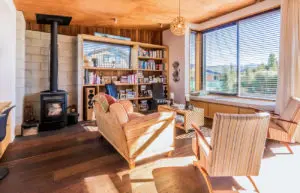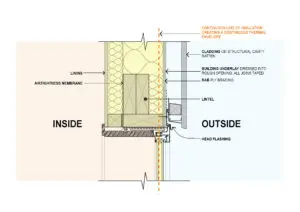Rural Living and Rural Residential Zones
The Queenstown Lakes District Council recently gave the community the opportunity to comment on the success of the current Rural Zoning. I am primarily concerned with the Rural Living Zones and in particular the Rural Residential Zone.
The district plan objective 8.1.1.i outlines that ‘’All Rural Zones have particular amenity and environmental values, which are important to rural people. These include privacy, rural outlook, spaciousness……’’
I do not believe that the Rural Residential Zone is achieving this objective, particularly as the bulk of Rural Residential Subdivisions are creating lots that are predominantly towards the minimum lot size (4,000m² to 4,500m²).
It would seem logical that the Rural Residential Zone exists to provide a buffer between suburban and rural areas, a halfway density that in some sense gives the appearance of an open rural area without necessarily allowing enough or using the land for agricultural/ horticultural production.
In the text following, I have quickly compiled some examples from Wanaka which demonstrate that the Rural Residential character is more suburban than rural, with most properties maximizing the house size and then constructing cheaper sheds and garages. Many of these areas appear more dense than the older township zoning of nearby Alberttown. As the built form dominates the landscape no amount of mitigation will reduce this (including controls on ‘gateways’ colour and soft landscaping). The majority of the examples shown below directly abut rural or reserve areas so in effect we have a suburban edge abutting our open space.
The above images are on Aubrey Road behind Mount Iron. Often the view is a constant line of houses with limited breaks between and few view-shafts beyond. Of note this area still has many building plots yet to be constructed upon.
The above images are at Clan Mac Road outside the outer growth boundary directly adjoining Rural land and highly visible from the State Highway.
Balneaves Road again outside the outer growth boundary directly adjoining Rural land and the state highway. The lots in the foreground are yet to be built upon so the density will increase.
A possible solution to these issues is to move away from 2 dwellings per hectare to 1 dwelling per hectare, i.e. away from a minimum of 4,000m² to 10,000m².
As an example of this below I have shown a rural residential property at the Northern side of Mount Iron with a lot size of 9,090m². This has allowed the rural character to remain and softens the edge to the reserve zone beyond. The property is large enough to graze several horses and has grapes to the rear.
This is a far more appropriate buffer against Rural General; Rural Lifestyle and open reserve land (DOC etc) than the density currently permitted by the Rural Residential Zoning.
Reviewing the density will have far more effect than trying to mitigate development by planting and materials/colours (although these can be successful). If you design the character of rural areas too much, it can become a bit precious and move away from the diversity that can be seen by rural living areas throughout the country.
As a region we have to look at intensification and consolidation of residential areas without this spilling over the rural landscape like a blanket. The current Rural Residential zone is currently allowing the later.












